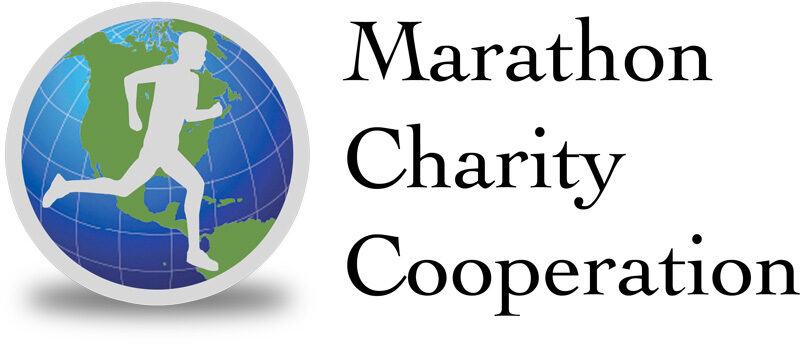Strength train to prevent muscle breakdown at the end of a marathon.
Published Runners World, April 23, 2014
Hi Susan-
I live in the Chicago area and did my first marathon last fall in Indianapolis. I’m 52 and my time was 4:01:05 and I was happy with that but want to break the 4-hour mark. Around the 21-22-mile mark my quads started burning. Would doing more squats and lunges help me improve in that area?
David
Hey David-
Thanks for your question and congratulations on your marathon! A four-hour marathon is a great time!
Squats and lunges will help improve the strength of your quadriceps, glutes, and hamstrings. That said, squats and lunges alone might not be the sole reason for the sensation of fatigue you experienced. However, incorporating strength training into your running routine is a great idea regardless. As a distance runner, begin with a lighter weight and more repetitions. Three sets of 12 to 15 repetitions is an endurance type of weight workout. As you adapt to the workload of lifting and running, you can increase the weight and move into a more strength-oriented weight workout routine using heavier weight and do 2 to 3 sets with 6 to 8 repetitions. Running before weight training is a great combo workout routine. By running and then weight training on the same day you are simulating the end of the marathon fatigue and you can give your legs a rest day on the next day. When alternating days of running and lower body weight training, your legs don’t get a break!
Here are some other things to consider as you ramp up your training schedule:
· Assess your core strength because it is essential for maintaining good running form, especially in the latter stages of the marathon. Strong abs, back, and hip muscles, as well as, adequate flexibility are also important factors with fatigue. Check out these five core exercises for runners.
· Next, include some lactate threshold runs in your next training cycle. While the marathon is more steady state running, as we fatigue in the later miles, our heart rate climbs, so lactate threshold runs can simulate the later stages of the marathon and help prepare us for that fatigue. This type of training raises the ceiling of your aerobic capacity, delays the onset of anaerobic metabolism, and trains your body to process lactate, allowing you to run faster longer with less fatigue. Lactate threshold pace is a comfortably hard pace, usually about 10 to 15 seconds slower than your 5K pace.
My two favorite lactate threshold workouts are:
Warm up beforehand with an easy 2-mile run. Include one of these workouts into your training week every other week.
- 4 to 6 x 1 mile at lactate threshold pace with 1 minute rest between mile repeats
- 10 miles easy, then finish it off with 4 miles at lactate threshold pace
Cool down with 1 mile, at an easy pace.
Consider your race nutrition too. Taking more run nutrition, and taking it earlier on in the race, may help you stave off fatigue. Remember what and when you took it during the race and experiment with this aspect during your training. Try taking some nutrition as early as mile 3 or 4 and every 20 minutes thereafter.
Keep in mind that this was your first marathon and your body is still in adaptation mode to the physical challenges of distance running. As you keep up with your endurance training, your ability to stave off fatigue in the later miles will improve.
All the best to you!
Susan S. Paul, MS
